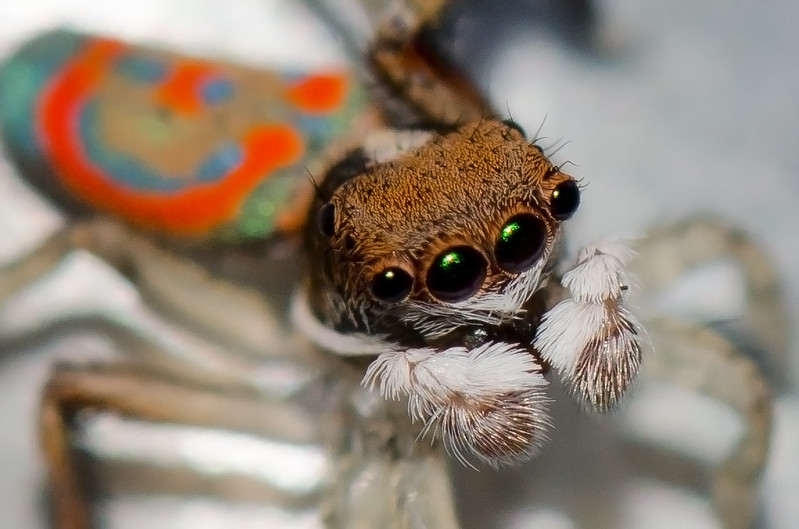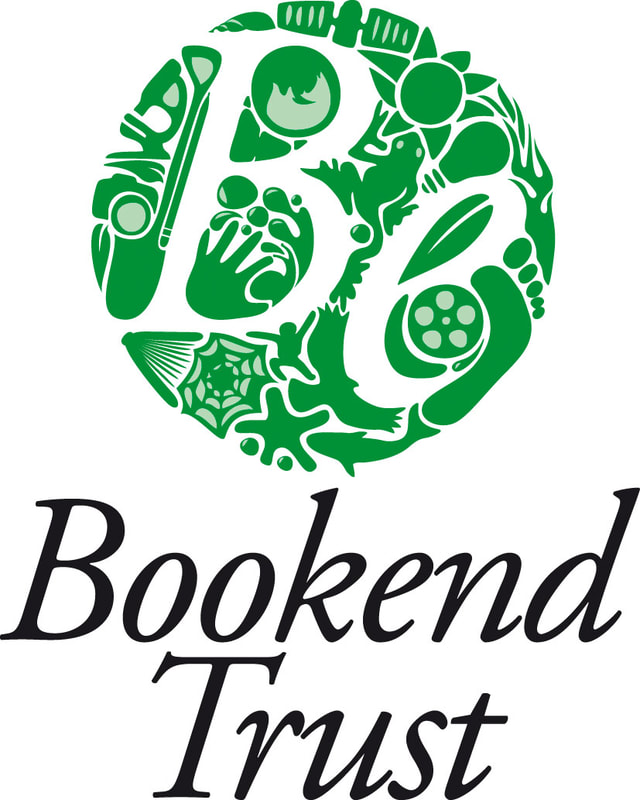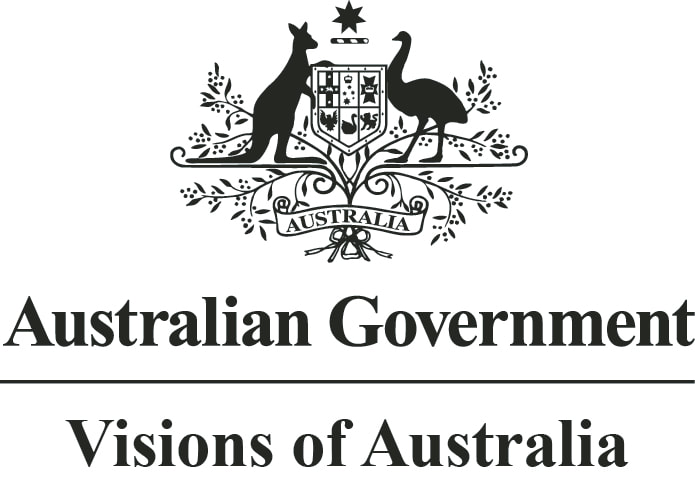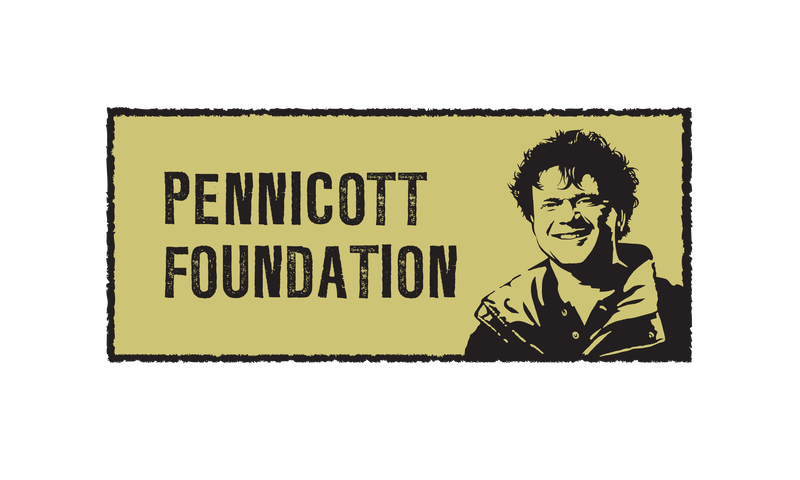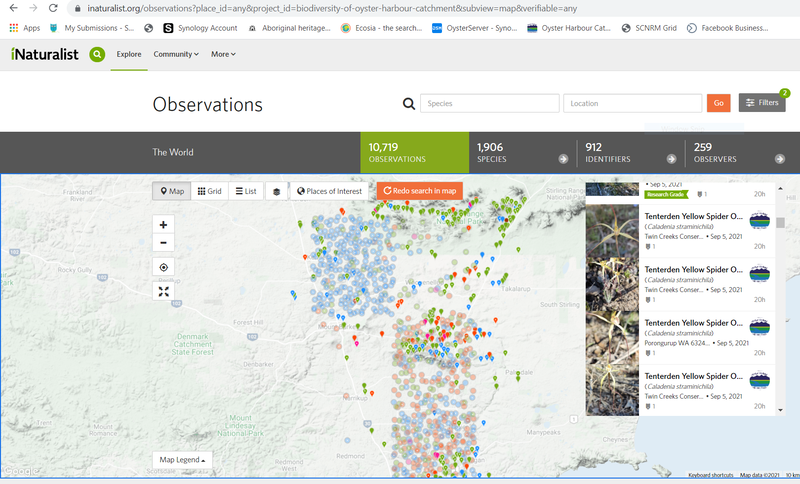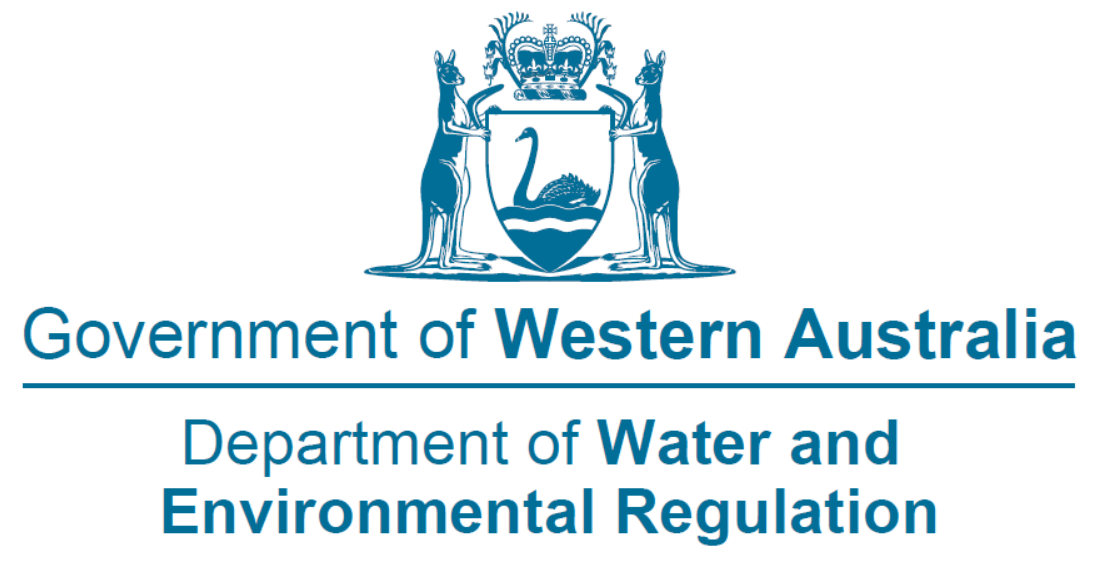Spiders are very much underrated and deserve more love. They provide many benefits to our ecosystem and homes. |
Porongurup Friends and Oyster Harbour Catchment Group have partnered up with Bookend Trust from Tasmania to highlight our unique and underappreciated arachnids and attract return visitors to the area.
For example, we have more than 67 species of spider including the Porongurup Trapdoor spider (Cataxia bolganupensis) which is found nowhere else in the world and are more closely related to groups in mountainous areas of eastern Australia, Tasmania, New Zealand and other Gondwanan continents, than to the surrounding lowlands in the region. Thought to be a relic of Jurassic times when Africa was joined to Australia 140 million years ago. Our Sixteen leg experience includes:
> A self-drive tour/treasure hunt of local spider sculptures made by the community. These sculptures will be up all month and you can even earn a prize if you find them all. >Watch Sixteen Legs Documentary at home via Vimeo https://vimeo.com/ondemand/sixteenlegsdeluxe/494315680 > Go on a natural treasure hunt with Inaturalist Both Porongurup Friends and Oyster Harbour Catchment Group have both served the local area for more than 30 years as non-profit community groups.
This event is to raise awareness about the ancient ecosystems present in the Porongurup Range and would love to involve as many people as possible; local businesses, farmers, artist and residents. Showing off our Porongurup Ranges significance in endemism and species richness, as it acts as a damp refuge for many Gondwanan relictual species. All proceeds raised will go towards the Ranges link project |
We acknowledge the Minang and Koreng people as the traditional custodians of the land on which we work and live. We pay our respects to the Elders, past, present, and emerging and to the wider Noongar community.
Sponsors and Supporters

